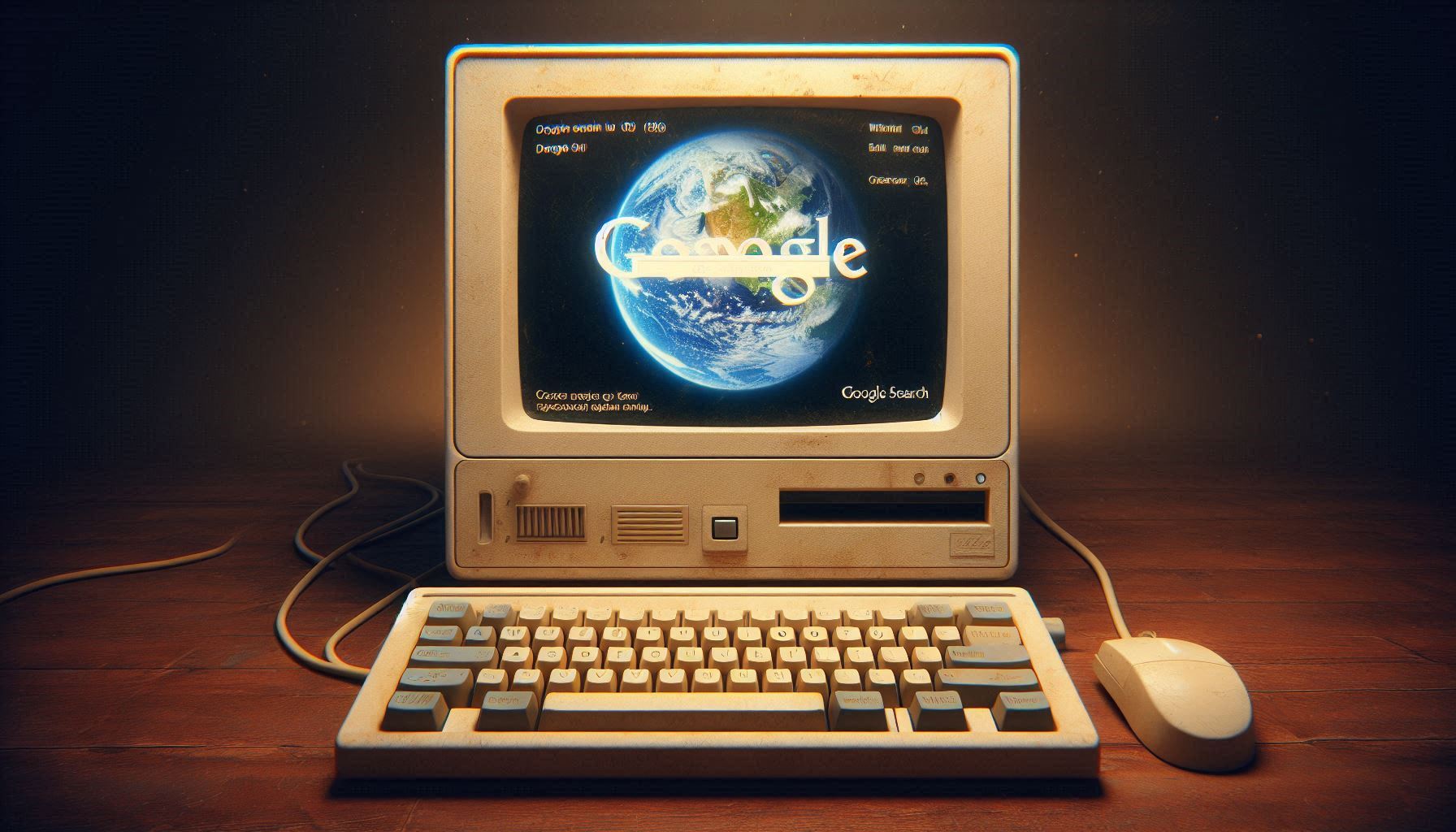 APPS
APPS
 APPS
APPS
 APPS
APPS
Starting today, Google LLC’s search engine platform will provide direct links to cached articles within The Internet Archive‘s Wayback Machine, adding historical context to user’s search results.
It’s a nice addition to Google Search because many websites change over time, news stories are edited, sometimes they are deleted, and some just disappear altogether or stop working. For more than two decades, Google offered a way around these problems by allowing users to see a “cached” version of web pages, but it quietly killed off that feature earlier this year.
There was no official announcement, but in February, Google Search liaison Danny Sullivan admitted on X that the functionality had been removed.
“I know, it’s sad. I’m sad too. It’s one of our oldest features,” Sullivan said. “But it was meant for helping people access pages when way back, you often couldn’t depend on a page loading. These days, things have greatly improved. So, it was decided to retire it. Personally, I hope that maybe we’ll add links to @internetarchive from where we had the cache link before, within About This Result.”
Sullivan’s desire to see links from the Internet Archive has now come true. Once again, it was not Google that announced the move. The Internet Archive said in a blog post first spotted by Gizmodo that users can access Wayback Machine links by performing a normal search and then clicking on the “three dots” that appear next to the URL in the results. This throws up a menu, allowing users to click on “more about this page.”
“Through this direct link, you’ll be able to view previous versions of a webpage via the Wayback Machine, offering a snapshot of how it appeared at different points in time,” the Internet Archive said.
Google said in a statement to Gizmodo that it recognized how many of its users value being able to see older versions of websites. “That’s why we’ve added links to the Internet Archive’s Wayback Machine to our “about this page” feature, to give people quick context and make this helpful information easily accessible through Search,” the company said.
Holger Mueller of Constellation Research Inc. said it’s good to see that Google is listening to its users and reintroducing the ability to view cached websites, even if it’s doing it in a different way. “It is true to Google’s mission statement to organize the world’s information, make it universally accessible and useful, and there will be few complaints,” he added.
Mark Graham, director of the Wayback Machine, stressed the importance of having access to internet archives.
“The web is aging, and with it, countless URLs now lead to digital ghosts. Businesses fold, governments shift, disasters strike, and content management systems evolve — all erasing swaths of online history,” he said. “Sometimes, creators themselves hit delete, or bow to political pressure. Enter the Internet Archive’s Wayback Machine: for more than 25 years, it’s been preserving snapshots of the public web. And now, it’s just a click away from Google search results, opening a portal to a fuller, richer web — one that remembers what others have forgotten.”
The feature is said to be actively rolling out worldwide, and everyone should be able to see the Wayback Machine links within the next few days.
Support our mission to keep content open and free by engaging with theCUBE community. Join theCUBE’s Alumni Trust Network, where technology leaders connect, share intelligence and create opportunities.
Founded by tech visionaries John Furrier and Dave Vellante, SiliconANGLE Media has built a dynamic ecosystem of industry-leading digital media brands that reach 15+ million elite tech professionals. Our new proprietary theCUBE AI Video Cloud is breaking ground in audience interaction, leveraging theCUBEai.com neural network to help technology companies make data-driven decisions and stay at the forefront of industry conversations.